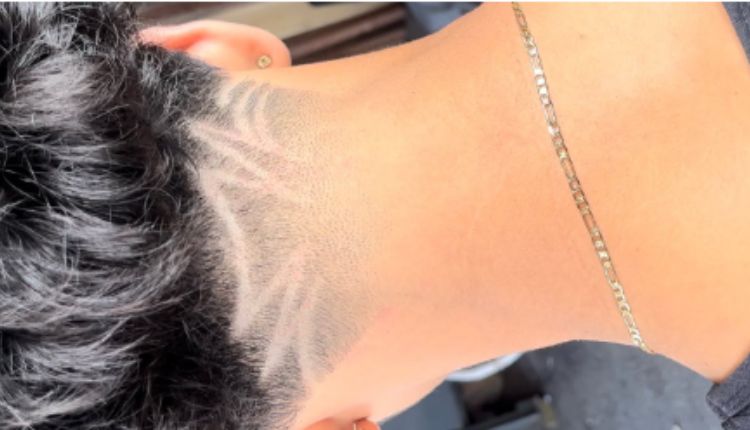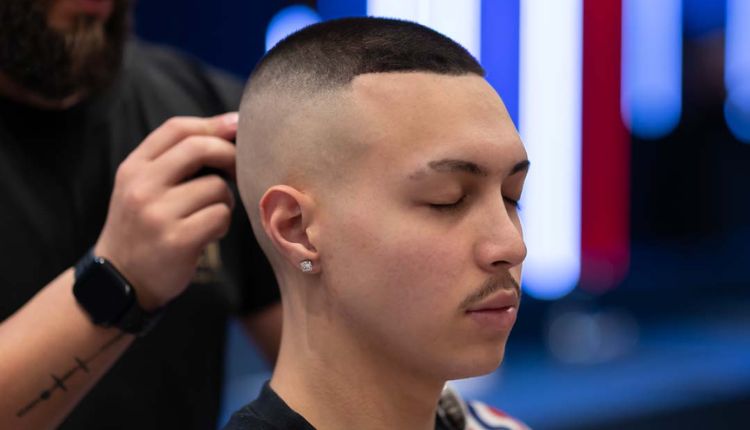Drug tapering includes slowly reducing the quantity of an addictive medicinal drug or substance over the years to save you intense withdrawal signs and symptoms. Learn extra right here.
Length Freestyle Design Taper
When designing a taper period, it’s miles vital to don’t forget the car speeds at which the lane might be used. The duration of the taper need to also be sufficient to allow drivers to regulate their speeds, merging into the new lane as important. In addition, the period of the taper should be long sufficient to allow good enough caution to drivers to transport far from the whole width left flip lane.
The duration of a freestyle design taper is generally determined via the usage of the method taper and transferring taper equations. In some instances, the departure taper can be used to direct visitors to the left after the shift is complete. In those situations, the length of the departure taper is typically longer than that of the technique taper, but must now not be less than the gap between the give up of the lane and the start of the full width turn lane.
A longer taper is likewise occasionally necessary to offer a visual cue to motorists when an activity vicinity starts or ends. This may be useful when the shoulder is used as a travel lane or whilst advanced shoulders is probably fallacious for a travel lane in the course of an energetic TTC region. A short taper with channelizing devices at about 6.1 m (20 toes) spacings need to be provided to guide traffic into or out of the one-way phase of the roadway.
When determining the choicest freestyle design taper duration of a design taper, it’s miles important to recollect the coupling among TE- and TM-modes inside the waveguide. EME is ideally fitted for performing mode convergence sweeps, which may be used to optimize the tool through finding the precise taper shape. Once the most effective taper shape is found, it may be imported into INTERCONNECT as a compact model.
Width Freestyle Design Taper
A taper is a sluggish change in freestyle layout taper dimensions, both in diameter, width or thickness. This change is used to attain particular targets in numerous packages, which includes facilitating fitment, structural balance, fluid glide and aesthetics. It can be applied to cylindrical gadgets, which include pipes and conical equipment, or to irregularly shaped items like molds and machined elements.
There are one-of-a-kind ways to freestyle design taper design a taper, and the technique chosen will decide its characteristics. The most sincere technique is to apply a linear taper, that is an idealized profile that minimizes the mirrored image coefficient alongside the entire length of the taper. However, different profiles also can be designed using the equal technique.
For instance, a nonlinear taper together with the freestyle layout taper Klopfenstein profile can be optimized to reap a low reflection coefficient at a given frequency. This is carried out with the aid of evaluating an necessary over the function impedance of the taper profile, which can be obtained from a simple method the usage of the frequency and wave velocity of the sign.
It is also viable to design an freestyle design taper taper that may be used to fit two different impedances, maximum generally between a transmission line phase and its load quit. The objective of those taper designs is to design the form and length of the taper profile in order that the mirrored image coefficient searching into the taper and passband ripple are under some target price inside a certain bandwidth.
As with a linear taper, the form and length of a Klopfenstein taper can be decided by appearing an quintessential over the function impedance of a given taper profile, after which comparing the result. This method may be facilitated with the usage of a unfastened, easy-to-use microstrip taper calculator worksheet.
Once the taper has been freestyle design taper determined, it can be carried out in a PCB layout with the help of the CAD tools available in Altium Designer® and the included Altium 365 platform. Whether you need to control your components or get entry to vital supply chain intelligence, the Altium 365 platform has you blanketed. Start your loose trial of Altium Designer today to study greater approximately what it may do for you.
Thickness Freestyle Design Taper
The thickness of a layout taper is the difference among the base and tip of the shape. It is vital to keep in mind the thickness of a design taper due to the fact it can affect the strength of the form and the advent of the product. For instance, a thicker tip can upload to the burden of the item and make it extra hard to move or manage. A thinner tip, then again, can lessen the general length and weight of the product.
A taper also can be used to freestyle design taper a curved surface, that’s beneficial in packages in which the curve is needed for a smooth transition or as part of an decorative pattern. In those instances, the taper needs to be made from a fabric with excessive flexibility and properly put on houses. For this motive, a few designers use a bendy steel as the premise for their taper shapes.
Tapers can be designed to freestyle layout taper healthy impedances, maximum normally between a transmission line segment and its feedline. The aim is to design the taper shape such that its mirrored image coefficient looking into the taper and height ripple inside the passband are below a goal price inside a positive bandwidth. For instance, a linear taper can healthy a microstrip line with a various impedance profile with a mirrored image coefficient this is less than 0.05 at a given frequency.
Unlike conventional freestyle layout taper layout functions, thickness-tapering gets rid of pressure concentrations on the specimen ends and minimizes mechanical losses. It can also be fabricated greater without difficulty than give up freestyle design taper tabs, which require extra steps inside the preparation and bonding method. This technique can also reduce manual routing time for even the maximum complex projects.
In a vector images program, you could use the Taper parameter to create a curved stroke. It can be a useful device to create an experimental look, or you may use it to add waves to your strokes. To try this, click on at the triangle subsequent to the parameter and regulate its values. You can pick out among gadgets of period – pixels or possibilities. Then, you may select an stop point and a start factor for the stroke. A bad price gives you pointy tapering, whereas a effective price softens the rims of the stroke. If you want to animate the taper, you could set keyframes the use of the Stopwatch indicator.
Angle Freestyle Design Taper
If you’re working with a taper that freestyle design taper layout taper needs to stay strong in the course of the machining method, self-keeping tapers are an extraordinary desire. They stay positioned at the same time as being machined and can’t move or get out of location, providing you with a precise completed product. However, if your product design requires flexibility and also you want which will load and reload substances into the lathe effortlessly, then a self-releasing taper might be better on your software. Self-liberating taper angles won’t maintain inside the same way as self-maintaining tapers, and that they can also be simpler to switch in and out of the lathe than a completely-locked taper.
Several factors affect wall straightness and attitude accuracy while reducing tapers with twine EDM. These include temperature, machine layout and cloth thickness. For instance, robust and brittle plastics want to be reduce with larger draft angles than smooth or ductile substances. Additionally, the form of the workpiece at the top and backside of the taper performs a role in how accurate the angle is whilst being cut through cord EDM.
More Words
For the most correct freestyle design taper tolerances, it is best to apply gages which can degree both angularity and contour tolerances. Readouts that include “A-B” and “A-C” calculation functions are best for checking angular tolerance deviations; even as readouts that make use of direct coupled profiles permit the consumer to check contour tolerances. Micro IIi readouts are a first-rate choice for both of those, and can be configured to either show angularity tolerances or profile tolerances. Additionally, a dual circuit option that presentations hourglass or barrel shapes on the profile is favored on lengthy tapers where these mistakes tend to be most universal.













